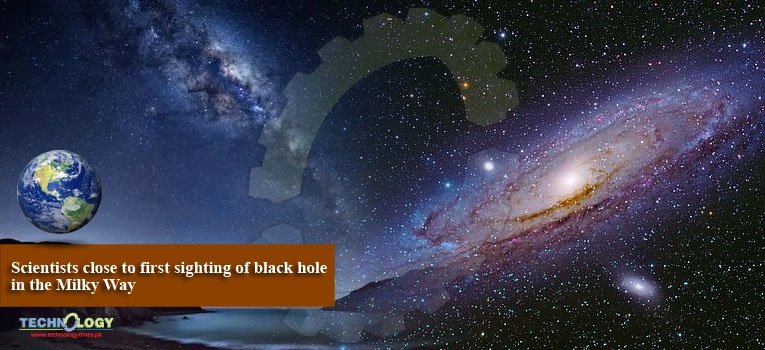Astronomers attempting to capture the first images of the black hole at the heart of the Milky Way have given early hints that the ambitious project has been successful.

The observations, by the Event Horizon Telescope, are expected to be unveiled in the spring in one of the most eagerly awaited scientific announcements of 2019. Now, a senior scientist on the project has said “spectacular” data was gathered during observations of two black holes, including Sagittarius A* at the centre of our own galaxy.
“We managed to get very high-quality data at the very high resolutions necessary to observe the [black hole’s] shadow, if it’s really there,” said Sera Markoff, a professor of theoretical astrophysics and astroparticle physics at the University of Amsterdam, who co-leads the EHT’s Multiwavelength Working Group.
The team is in the final phase of reviewing data that was gathered in 2017 and Markoff could not confirm yet whether the observations had produced the first direct image of a black hole’s silhouette.
Prof Peter Galison, who is based at the department of the history of science at Harvard University and is also involved in the project, said that, if successful, the EHT’s first image would become one of the most significant in the past 50 years of astronomy. “If we get an image out of it, it will become one of the iconic images of science,” he said. “It’s an extraordinarily ambitious project.”
There is little doubt about the existence of black holes: the phenomenally dense objects distort the fabric of space-time in their vicinity, causing objects and light to appear to swerve off course. More recently, the gravitational wave observatory Ligo has detected ripples sent out across space-time when pairs of black holes collide.
Until now, though, a black hole has never been directly observed. The main barrier is that black holes are so compact that a telescope roughly the size of Earth would be required to see even the nearest one.